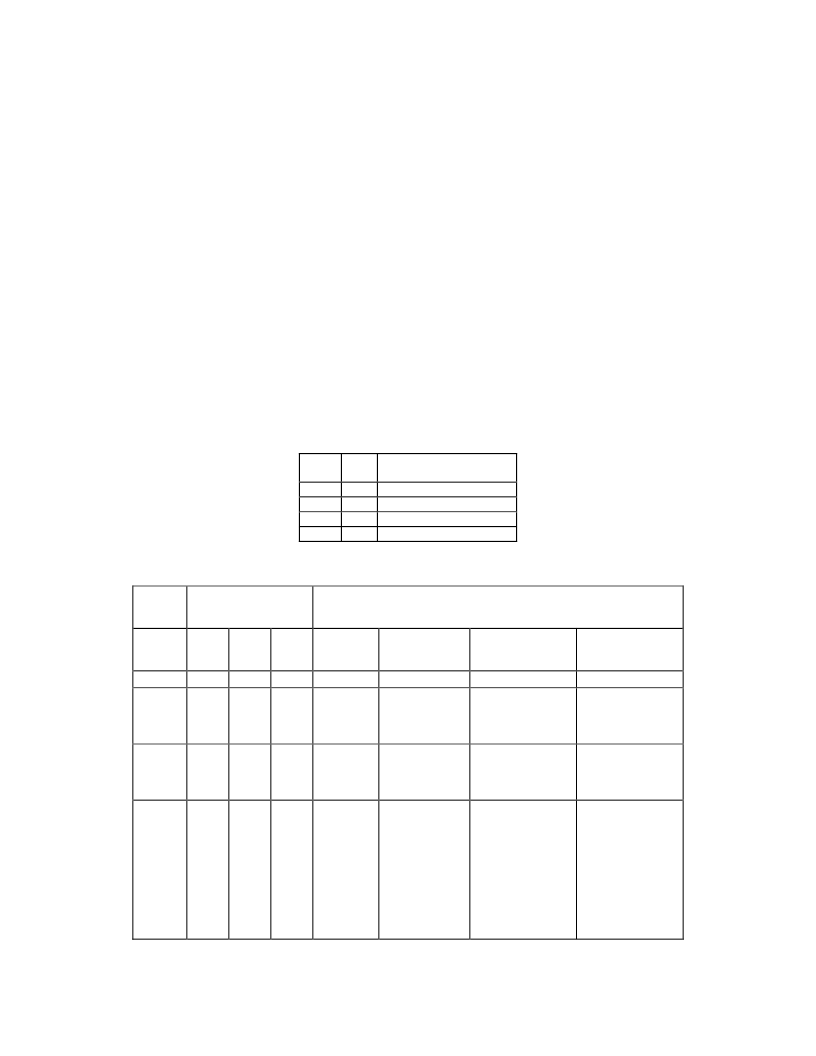- 您現(xiàn)在的位置:買賣IC網(wǎng) > PDF目錄358934 > LPC47M112-MW (STANDARD MICROSYSTEMS CORP) ENHANCED SUPER I/O CONTROLLER WITH LPC INTERFACE PDF資料下載
參數(shù)資料
| 型號: | LPC47M112-MW |
| 廠商: | STANDARD MICROSYSTEMS CORP |
| 元件分類: | 外設(shè)及接口 |
| 英文描述: | ENHANCED SUPER I/O CONTROLLER WITH LPC INTERFACE |
| 中文描述: | MULTIFUNCTION PERIPHERAL, PQFP100 |
| 封裝: | 14 X 20 MM, ROHS COMPLIANT, QFP-100 |
| 文件頁數(shù): | 67/228頁 |
| 文件大小: | 1269K |
| 代理商: | LPC47M112-MW |
第1頁第2頁第3頁第4頁第5頁第6頁第7頁第8頁第9頁第10頁第11頁第12頁第13頁第14頁第15頁第16頁第17頁第18頁第19頁第20頁第21頁第22頁第23頁第24頁第25頁第26頁第27頁第28頁第29頁第30頁第31頁第32頁第33頁第34頁第35頁第36頁第37頁第38頁第39頁第40頁第41頁第42頁第43頁第44頁第45頁第46頁第47頁第48頁第49頁第50頁第51頁第52頁第53頁第54頁第55頁第56頁第57頁第58頁第59頁第60頁第61頁第62頁第63頁第64頁第65頁第66頁當(dāng)前第67頁第68頁第69頁第70頁第71頁第72頁第73頁第74頁第75頁第76頁第77頁第78頁第79頁第80頁第81頁第82頁第83頁第84頁第85頁第86頁第87頁第88頁第89頁第90頁第91頁第92頁第93頁第94頁第95頁第96頁第97頁第98頁第99頁第100頁第101頁第102頁第103頁第104頁第105頁第106頁第107頁第108頁第109頁第110頁第111頁第112頁第113頁第114頁第115頁第116頁第117頁第118頁第119頁第120頁第121頁第122頁第123頁第124頁第125頁第126頁第127頁第128頁第129頁第130頁第131頁第132頁第133頁第134頁第135頁第136頁第137頁第138頁第139頁第140頁第141頁第142頁第143頁第144頁第145頁第146頁第147頁第148頁第149頁第150頁第151頁第152頁第153頁第154頁第155頁第156頁第157頁第158頁第159頁第160頁第161頁第162頁第163頁第164頁第165頁第166頁第167頁第168頁第169頁第170頁第171頁第172頁第173頁第174頁第175頁第176頁第177頁第178頁第179頁第180頁第181頁第182頁第183頁第184頁第185頁第186頁第187頁第188頁第189頁第190頁第191頁第192頁第193頁第194頁第195頁第196頁第197頁第198頁第199頁第200頁第201頁第202頁第203頁第204頁第205頁第206頁第207頁第208頁第209頁第210頁第211頁第212頁第213頁第214頁第215頁第216頁第217頁第218頁第219頁第220頁第221頁第222頁第223頁第224頁第225頁第226頁第227頁第228頁

SMSC DS – LPC47M192
Page 67
Rev. 03/30/05
DATASHEET
Information indicating that a prioritized interrupt is pending and the source of that interrupt is stored in the Interrupt
Identification Register (refer to Interrupt Control Table). When the CPU accesses the IIR, the Serial Port freezes all
interrupts and indicates the highest priority pending interrupt to the CPU. During this CPU access, even if the Serial
Port records new interrupts, the current indication does not change until access is completed. The contents of the IIR
are described below.
Bit 0
This bit can be used in either a hardwired prioritized or polled environment to indicate whether an interrupt is pending.
When bit 0 is a logic “0”, an interrupt is pending and the contents of the IIR may be used as a pointer to the
appropriate internal service routine. When bit 0 is a logic “1”, no interrupt is pending.
Bits 1 and 2
These two bits of the IIR are used to identify the highest priority interrupt pending as indicated by the Interrupt Control
Table.
Bit 3
In non-FIFO mode, this bit is a logic “0”. In FIFO mode this bit is set along with bit 2 when a timeout interrupt is
pending.
Bits 4 and 5
These bits of the IIR are always logic “0”.
Bits 6 and 7
These two bits are set when the FIFO CONTROL Register bit 0 equals 1.
Bit 7
0
0
1
1
Bit 6
0
1
0
1
RCVR FIFO
Trigger Level (BYTES)
1
4
8
14
Table 29 – Interrupt Control Table
FIFO
MODE
ONLY
INTERRUPT
IDENTIFICATION
REGISTER
INTERRUPT SET AND RESET FUNCTIONS
BIT 3
BIT 2
BIT 1
BIT 0
PRIORIT
Y LEVEL
INTERRUPT
TYPE
INTERRUPT
SOURCE
INTERRUPT
RESET
CONTROL
-
0
0
0
1
-
None
None
0
1
1
0
Highest
Receiver Line
Status
Overrun Error,
Parity Error,
Framing Error or
Break Interrupt
Reading the Line
Status Register
0
1
0
0
Second
Received Data
Available
Receiver Data
Available
Read Receiver
Buffer or the FIFO
drops below the
trigger level.
1
1
0
0
Second
Character
Timeout
Indication
No Characters
Have Been
Removed From or
Input to the
RCVR FIFO
during the last 4
Char times and
there is at least 1
char in it during
this time
Reading the
Receiver Buffer
Register
相關(guān)PDF資料 |
PDF描述 |
|---|---|
| LPC47N252-SD | Advanced Notebook I/O Controller with On-Board FLASH |
| LPC47N252-SG | Advanced Notebook I/O Controller with On-Board FLASH |
| LPC47M172-NR | ADVANCED I/O CONTROLLER WITH MOTHERBOARD GLUE LOGIC |
| LPC47N267-MN | 100 Pin LPC Notebook I/O with X-Bus Interface |
| LPC47N227-MN | 100 Pin Super I/O with LPC Interface for Notebook Applications |
相關(guān)代理商/技術(shù)參數(shù) |
參數(shù)描述 |
|---|---|
| LPC47M133-NC | 制造商:SMSC 功能描述: |
| LPC47M140-NC | 制造商:SMSC 制造商全稱:SMSC 功能描述:128 PIN ENGANCED SUPER I/O CONTROLLER WITH AN LPC INTERFACE AND USB HUB |
| LPC47M141-NC | 制造商:SMSC 制造商全稱:SMSC 功能描述:128 PIN ENGANCED SUPER I/O CONTROLLER WITH AN LPC INTERFACE AND USB HUB |
| LPC47M142-NC | 制造商:Rochester Electronics LLC 功能描述:- Bulk |
| LPC47M143-NC | 制造商:Rochester Electronics LLC 功能描述:- Bulk |
發(fā)布緊急采購,3分鐘左右您將得到回復(fù)。